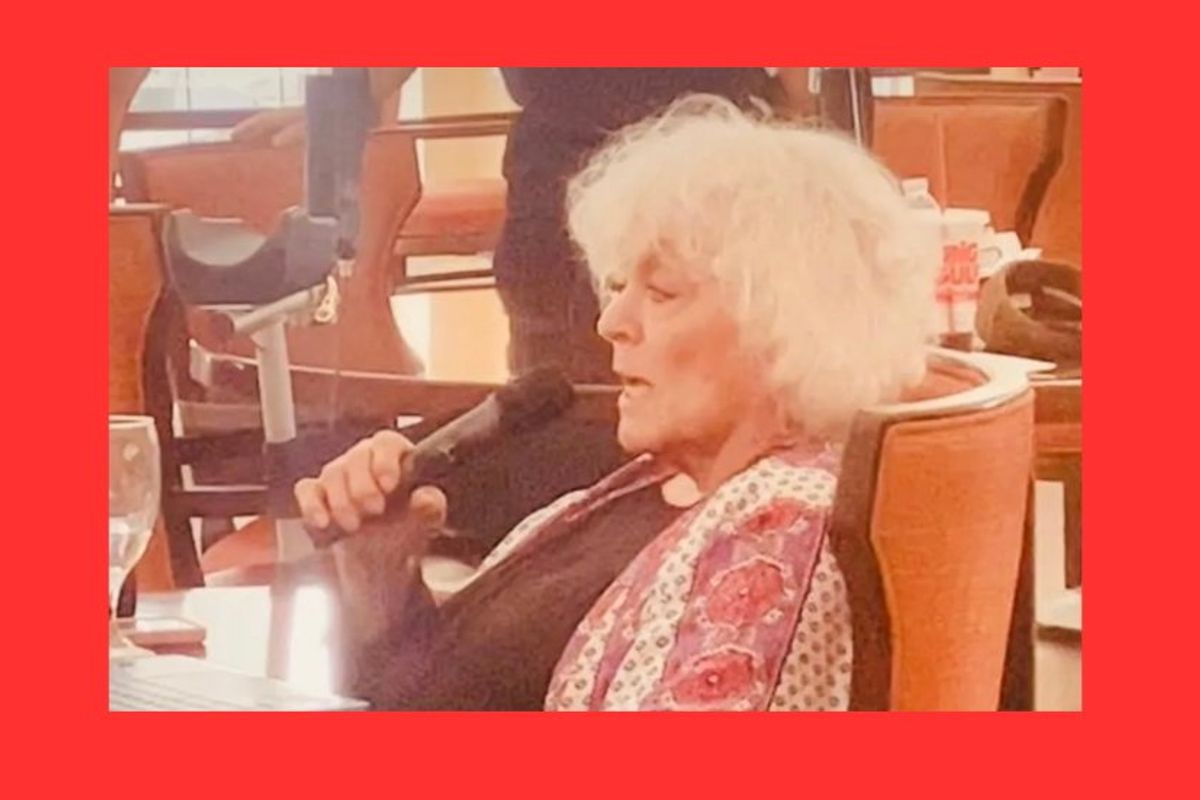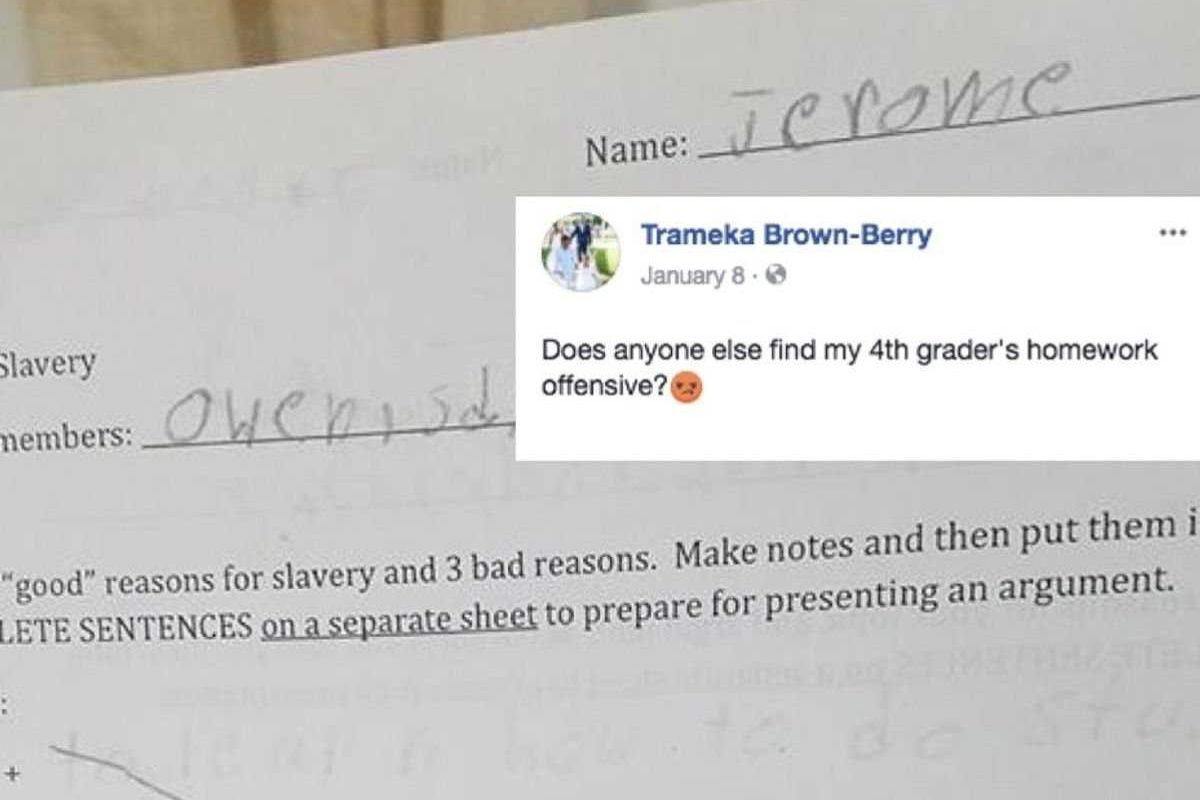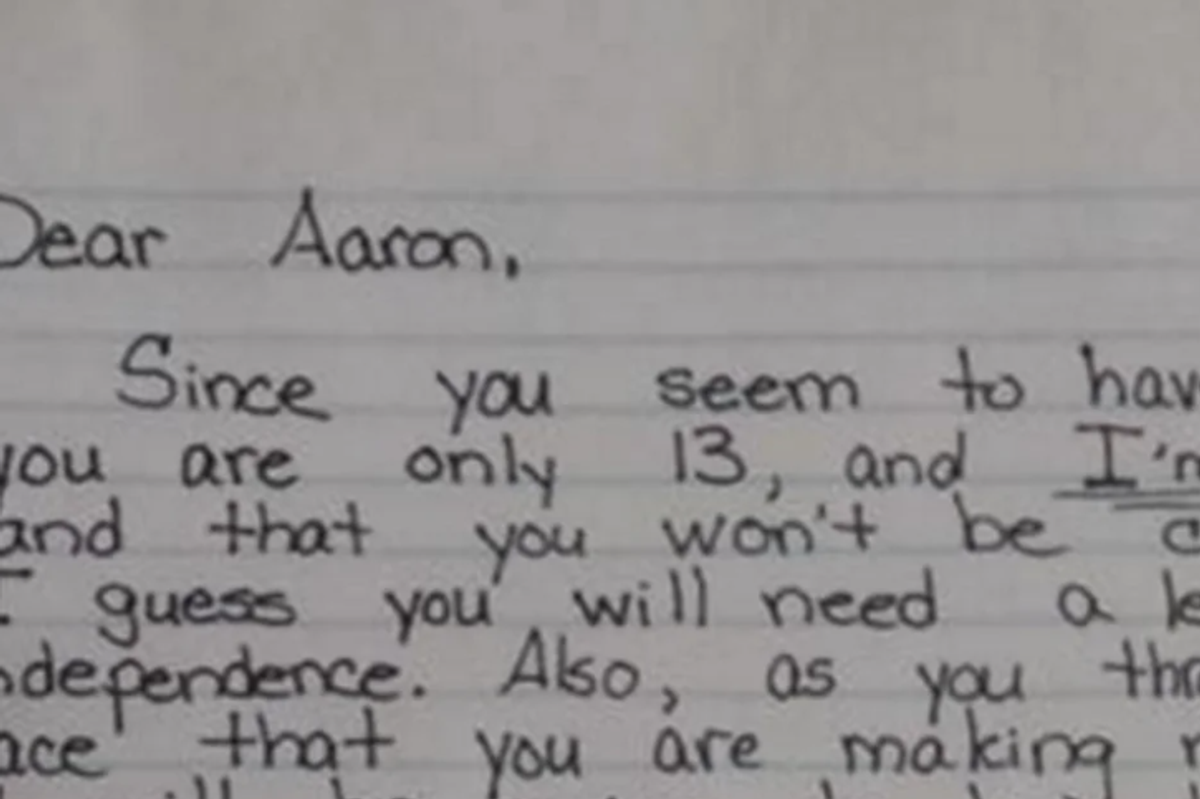They survived 1,000 years in the middle of the Pacific. And then we arrived.
It's a 1,000-year-old idea we may finally be ready to understand.
There's a place that's got more of everything there is on Earth.
Or there was until Westerners arrived.
It's called the Hawaiian Islands.
Just about any life-form on the planet could find its "sweet spot" there.
Dr. Sam Ohu Gon III, speaking as Senior Scientist and Cultural Advisor to The Nature Conservancy of Hawaii, explains that there's something really important to learn about what happened when outsiders came in.
When Westerners arrived 300 years ago, there were hundreds of thousands of Hawaiians already having lived on these islands for a millennia, on their own, in the middle of the ocean.
The Hawaiians lived lightly off the islands whose resources they depended on. They used only about 15% of it, and, even so, they were still completely self-sufficient, with nothing they needed from the outside world.
The Hawaiians' belief system was the key.
They saw the islands as having different realms.
Wao kanaka are the lowlands along the shores where people lived. It's where they grew and caught the food they needed.
Wao akua was the uplands above wao kanaka. It was an intensely sacred place where humans had no role in the native forests or the waters that flowed out of it. It's where their ancestor gods, aumakua, lived.
Theirs was a system based on love, not fear.
The Hawaiians believed aumakua could take the form of individual plants and animals, or kinolau. So all the life in wao akua wasn't just plants and animals. It was literally family.
“When your gods are also your family and the elements of nature are their physical presence, your relationship with nature is transformed." — Sam Ohu Gon III
Hawaiians considered themselves actual kin to nature, a much richer way of thinking than viewing yourself of just a consumer.
They believed in aloha, which isn't just “hello" and “goodbye," as it often seems. It's actually the word for empathetic compassion, and it extends beyond the people you care about, to āina, the place you live. Together, aloha āina is a deep appreciation of and love for the features of your land. You're not whole without your place, and its fate is your fate.
To take from the land without thinking of what you're doing to it would be, as Gon says, “a direct and conscious prostitution of not only a family member, but an elder. And what right-thinking person would do that?"
And then Western civilization landed on Hawaii's shores.
A different idea came along with them. Nature to them was a set of resources to be exploited by property owners and purchased by human consumers. The human footprint on Hawaii expanded to 85%, and many of the islands' natural resources were destroyed or used-up. This shows how things changed.
And now the traditional Hawaiian self-reliance is gone.
Modern Hawaiians are now so dependent on imports that if they stopped, it's estimated there'd be famine in just three weeks.
This story should change our attitude.
In it may be the key to us stepping back from the environmental ledge.
Our global climate challenges come from losing sight of our relationship to the ground we stand on, the air we breathe, and seas we sail. By combining aloha āina with modern technology, there's a chance we can set things right. Maybe "aloha āina" isn't just a saying, but instead a practical formula for how we survive on our own little island out in the middle of the ocean of space.




 Family moving into a new home.
Family moving into a new home.  Driving Road Trip GIF by Rosen Hotels & Resorts
Driving Road Trip GIF by Rosen Hotels & Resorts 
 Carole and her band mates.Carole Wade
Carole and her band mates.Carole Wade
 "
"
 Teaching teenagers about real-life consequences isn't easy. Photo by
Teaching teenagers about real-life consequences isn't easy. Photo by  Kids need to be reminded, sometimes, of how much they still depend on mom. Photo by
Kids need to be reminded, sometimes, of how much they still depend on mom. Photo by